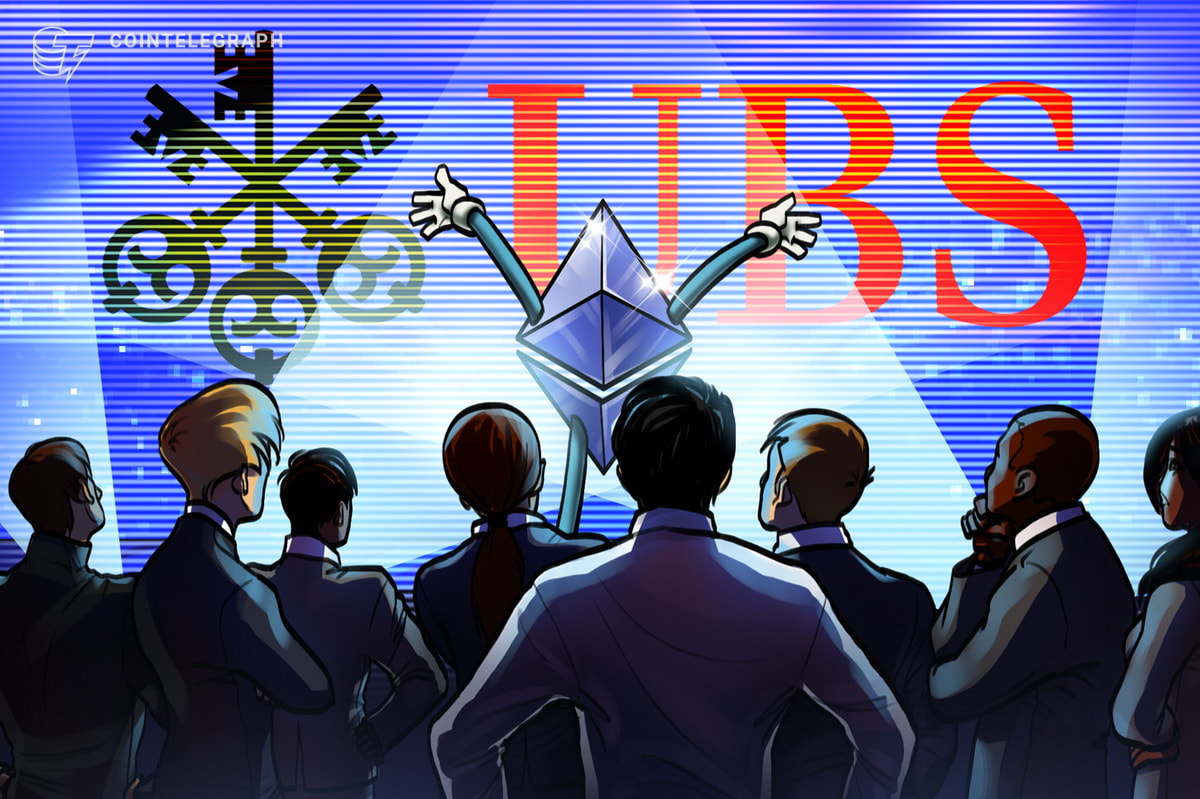Sega and Prime Video’s Like a Dragon: Yakuza is far from a one-to-one adaptation of 2005’s Yakuza, the game it is loosely based on. Like Takashi Miike’s 2007 Yakuza: Like a Dragon, the other previous attempt at a live-action Yakuza before it, the show takes certain key elements from an existing compelling narrative foundation and reinterprets them in its own new image, focusing on certain elements of the source material and discarding others. The most immediately evident change from the game is its overall darker, more self-serious tone — unlike the game’s surreal blend of melodramatic twisting crime drama and off-the-wall goofy substories, the show swings the pendulum entirely toward the former. It’s a big swing, considering how strongly associated these wacky elements are with the Like a Dragon brand as a whole. But a departure like this begs the inevitable question of adaptation: Does the world of Like a Dragon, the murky, crime-riddled red-light district of Kamurocho, work without the games’ trademark silliness to sometimes enlighten that darkness?
Contrary to popular misinformation across the fan base and subsequent outcry, the show’s divergences from the story, tone, and characters of the games is a feature, not a bug, of the adaptation. Speaking on Ryoma Takeuchi’s Kiryu in an interview with Polygon, head of Ryu Ga Gotoku Studio Masayoshi Yokoyama clarified, “It’s not an imitation or mimicking the game character. It’s more embodying the spirit of him and making him live again as a new character. So there’s no comparison. It’s just something completely different — and it’s cool.” When The Gamer specifically asked about the presence of substories within the show, the Dragon of Amazon himself, Takeuchi, stated, “We don’t have that much in this iteration. I think we’re digging into the human emotions and the emotional elements of the characters of this iteration. In a positive way, we’re departing from the game at the end of the day.”
To be clear, the tone of the narrative itself aligns well with the tone of the Like a Dragon games’ actual main plots. A serial killer hiding their identity, referred to only by a codename based on the sadistic calling cards of wounds they leave on their victims — it’s the Devil of Shinjuku in this show, but I could just as easily be describing the Mole in Judgment. There’s gripping, twisting mysteries and plots of betrayal within yakuza clans, sacrificing everything for the ones you love and the long-lasting consequences of split-second decisions. This type of dark melodrama is the lifeblood of the games’ core narratives — what makes this show feel different is the absence of the levity usually found in substories, minigames, and non-playable characters. But the Like a Dragon series, even after its explosion in popularity in the last few years, is primarily known to wider audiences for its moments of surreal humor, such as Yakuza Kiwami 2’s infamous scene of Kiryu mistakenly walking in on a yakuza group clad in adult diapers.
In the games, substories like these are included as breaks from the tense and often heartbreaking main story. You may have just watched a side character you’ve grown to adore get shot in the chest — but don’t worry, you can ignore the story for a few minutes and giggle as you watch Kiryu kindly trust a very sketchy palm reader and lose thousands of yen. With the games’ main stories often taking a low end of 20 hours to complete, these lighthearted distractions are important to keep the twisting criminal conspiracies and heavy, bleeding-heart conversations from overwhelming the player. This is not to say the substories can’t also have their own moments of surprisingly touching sincerity — in Like a Dragon: Infinite Wealth, the diapered yakuza return to grant a dying woman’s last wish of seeing snow in Hawai’i (it’s shaved ice) — but their intention is humor first, emotional impact second.
There’s almost nothing like that in Prime Video’s Like a Dragon, and it’s for the better. There are certainly reflections of the games’ more subtle moments of deadpan humor — Kiryu exaggerating terrible Japanese to imitate an ignorant foreigner, a self-proclaimed master thief using the pseudonym “Indy” just for wearing a cowboy hat — but they’re scattered, fleeting, and understated. There’s levity, but nothing too intense that it’ll take you out of the story. Being taken out of the narrative flow is much more acceptable in a game, where you can pause the story and mess around in Kamurocho at any time, than in a show, where you should be immersed for its whole run time. It’s a type of humor closer to the sardonic smiles of Takeshi Kitano’s yakuza features than the absurdity of the games’ substories; Kitano’s 1993 classic Sonatine similarly channels occasional small moments of warmth and levity among a dark yakuza drama, and Like a Dragon: Yakuza balances this just as well.
The best contrast case for this difference in tone can be found within the ever-changing character of Majima across all three versions of this story. In the original Yakuza, Majima is an unpredictable, threatening, and (importantly) rare presence, appearing just a few times to either kidnap Haruka or bring a knife to a fistfight, all set to the sound of his unforgettable deranged cackle. But thanks to his popularity throughout the series, Majima’s heavily expanded appearance in its remake, Yakuza Kiwami, becomes a parody of himself. Ryu Ga Gotoku Studio started creating increasingly ridiculous situations for Majima to fight Kiryu — hiding in oversized traffic cones, dressing up in various disguises, even trying to convince the Dragon he’s actually, truly a zombie at one point — all while cracking jokes like he didn’t just stab Kiryu 13 times during combat. While ludonarrative dissonance is a given in this medium, all of Kiwami’s added silliness has the side effect of making his existing appearances in the story from the original seem almost out of character; why is the funny eyepatch guy now holding an innocent woman at knifepoint?
Like a Dragon: Yakuza’s adaptation of Majima instead does away with any pretense of wackiness and focuses on what initially made Majima so memorable. In his first action sequence, Majima quite nonchalantly starts a shootout in the crowded Theater Square, unbothered by the possibility of catching Kiryu, Nishiki, and other innocent people in the crossfire while he aims for his target. The brothers are appropriately terrified, and the audience should be too; this Majima is one who will grin over your corpse. While he does have his moments of comedy amid bloodshed, they’re included to demonstrate his outlook that even life and death are something of a joke to him, rather than making a joke of the man himself.
The Yakuza series conceptually seems almost impossible to adapt: bringing forward everything from a series so tied to its successful tonal dissonance between story and gameplay into a non-playable medium seems a Sisyphean task. In truth, the answer is to not try to bring forward everything — just what the adaptation needs for its own story. Takashi Miike’s Yakuza: Like a Dragon departed from the source material almost entirely in its story, adding in an entire unrelated subplot of bank robbers, cutting almost all of Nishiki’s screen time prior to the final showdown, and making it a bizarre black comedy close to Miike’s other yakuza films. But even still, Miike chose to include the sillier elements of the games without change; Kiryu visibly uses his fiery, supernatural “Heat” power during fights, and pauses while fighting Nishiki to chug a Staminan energy drink and restore his health.
The team behind Like a Dragon: Yakuza knew that these wacky aspects weren’t appropriate to the story they wanted to tell, and instead stuck closer to the original’s sincere core of brotherly betrayal, unbreakable bonds despite hardship, and visceral, believable street fighting. The powerful emotional resonance and connection between — and to — the characters birthed from these vital tenets is evidently what they wanted the show to bring forward from the game, as mentioned by Takeuchi. The whimsy and humor granted by the side content and substories is undeniably important to the games’ identity, but the Like a Dragon series, regardless of adaptation or original, lives and dies by the strength of its story and characters — smiling at Kiryu’s hijinks around Kamurocho can’t hit the same without first building a strong connection to the Dragon.
Even with its changes and additions to the story, the show is recognisably a reverent adaptation of the game — it’s just that having a different team of creatives behind an adaptation is inevitably going to result in a slightly different vision. That’s what adaptations are for! It’s a testament to how carefully the original Yakuza balances its tone that both of these live-action adaptations still feel like Yakuza in their own way, despite neither being close to a one-to-one adaptation. After all, what makes the Like a Dragon games so special isn’t just the comedy on the surface. It’s the pain, strength, and hope always lurking just below; the team clearly understands this, and it shows in their art.
Besides, there’s still one clip of Takeuchi that’s right out of the games: a karaoke performance of “Baka Mitai,” Kiryu’s most famous song and arguably the most well-known part of the games as a whole. It’s wisely not included in the actual series, but by being released separately, there’s still some love shown to the more eccentric side of Like a Dragon without harming the show’s tone. It also doesn’t hurt that Takeuchi, while no Takaya Kuroda, is a solid singer himself.
Like a Dragon: Yakuza season 1 is now streaming in full on Prime Video.

 3 hours ago
3
3 hours ago
3







:quality(85):upscale()/2024/10/31/801/n/49351082/b84152bf6723c91b32cc73.86821940_.jpg)


 English (US) ·
English (US) ·